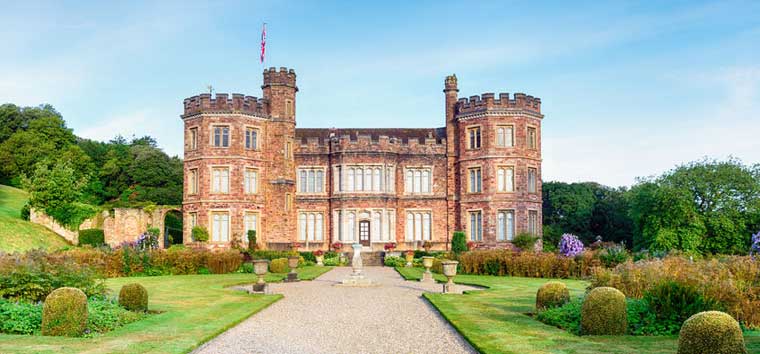Traditional Social Classes
Over the centuries there have been a number of different methods to classify social class. In reality, it's actually very difficult to define what exactly is class. In many cases, the definitions of class tend to correlate closely with income or lack thereof. In such cases, a 'higher' class may be someone in a senior management or board level position. A lower class can defined as a manual worker or someone unemployed. It's generally regarded that in modern society, such simplistic definitions rarely fit and updated modern social classes can provide a better classification.
While there are a number of different ways to present the more traditional social classes, we will look at four broad classifications : Upper Class, Upper-Middle Class, Middle Class and Working/Lower Class.

Upper Class
Nowadays, the popular term is often 'the elite'. It's a class defined by social privilege. However, the more traditional definition of Upper Class tends to refer to a group of people that are likely to have a lineage of privilege. For example, the traditional British Upper Class would consist of heriditary peers, landowners and so on. Essentially, not 'new money' but money built up over years and probably originally from land ownership of some kind.
Upper-Middle Class
Probably best defined as a more aspiring middle class. It's likely that the money may be newer. Typically, children will be sent to public schools and there may be lineage that at some point or in some way connected them to the Upper Class. Will likely own a second or third home and travel regularly.
Middle Class
A term that is often and regularly still used today to cover a broad range of people. It's defined in modern terms as a class that's likely to be comfortable financially and culturally aware. Education may be either state or private. Probably a homeowner rather than renter. Likely to drive a newer, quality car but nothing particularly expensive.
The modern definition of this can be very broad and newer political terms such as JAM's (Just About Managing) and Strivers (trying to improve their position) can often be included as middle class even though financially they may be tight.
Working / Lower Class
Traditionally, this may have been split into unskilled and skilled working class. Whereby unskilled would have been defined as perhaps a manual labourer and a skilled working class might be a tradesman. However, the income of many tradespeople such as electricians, plumbers or builders is such now that in most cases these people would now be considered middle class.
To confuse matters more, with the rise of zero hours contracts and the 'gig economy', the traditional working class are now perhaps broader and more widespread than ever before. If income is considered and Just About Managing is now middle class (and normal), it could be considered that the Not Quite Managing class which perhaps depends on pay day loans to get by some months are now the working / lower class.